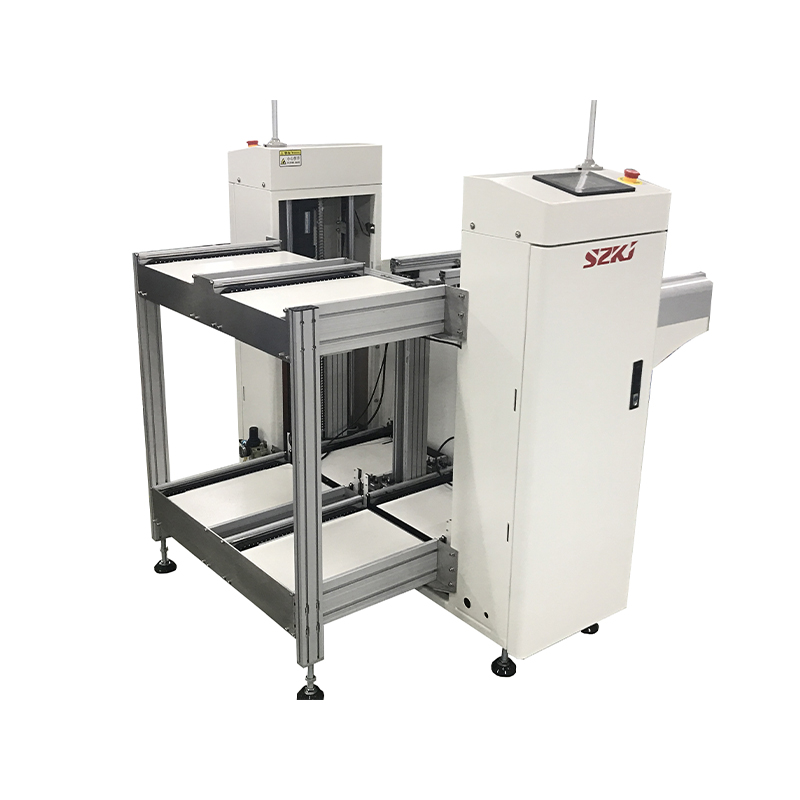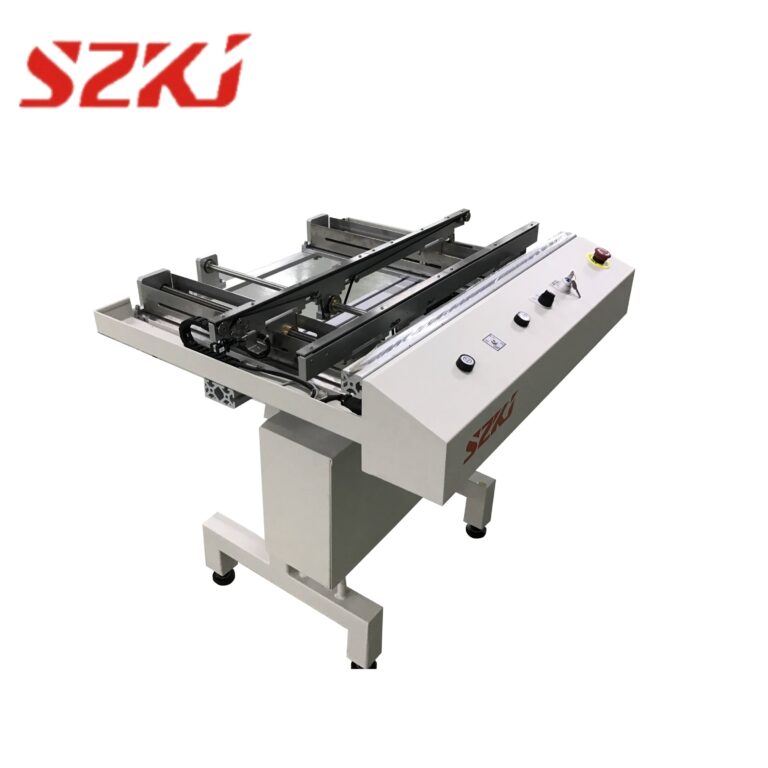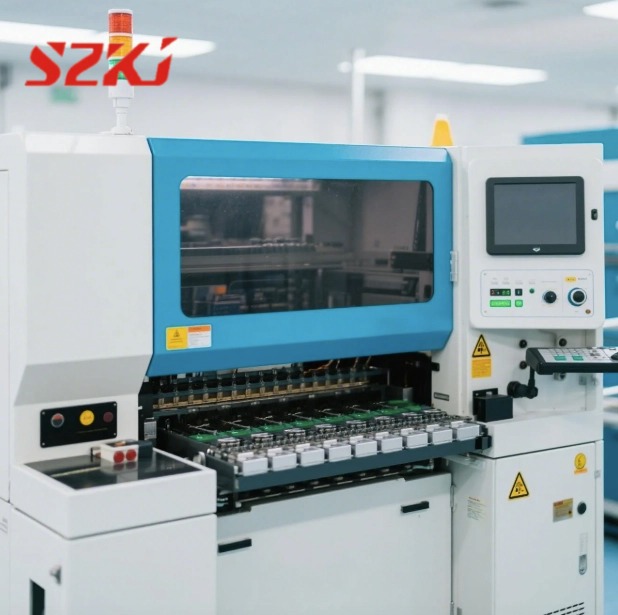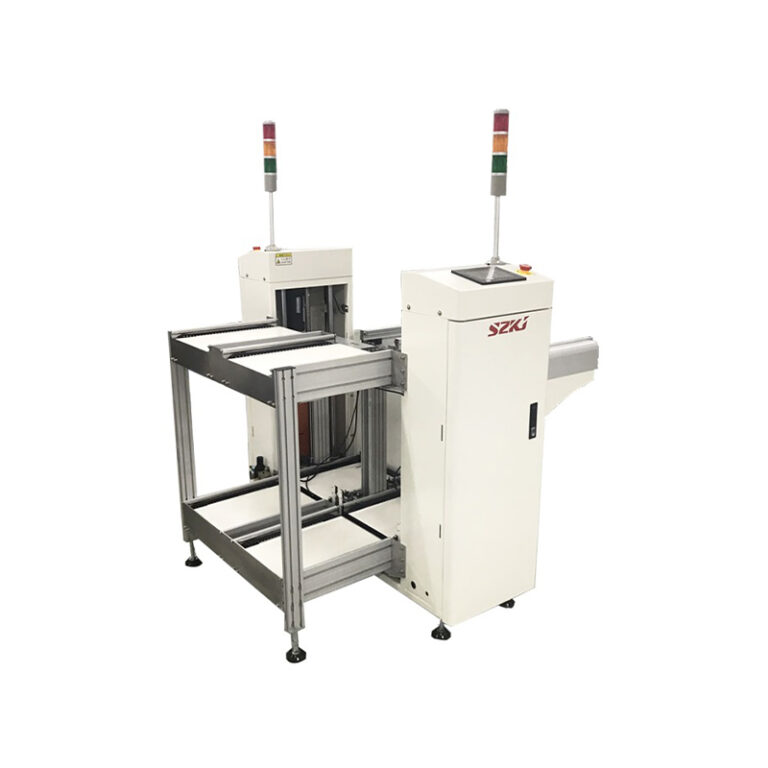Table of Contents
ToggleHow SMT Pick and Place Machine Works?
Have you ever been puzzled by how the little brains on your laptop or phone manage to come to life? Tiny parts floating delicately on a circuit board are where it all begins. The high-tech illusionist that controls this electrical dance with incredible accuracy is the SMT pick and place machine.
Let us unveil this technical wonder and discover the mysteries beneath its mesmerizing performance.
Breaking Down the Pick-and-Place Process
An SMT pick and place machine operates in a well-defined sequence:
Prepare the PCB: First, connect the stripped printed circuit board (PCB) to the machine’s work table. The proper positioning of the PCB is guaranteed by alignment mechanisms such as optical sensors or fiducial markings.
Component feeding: It involves overloading the machine with pre-loaded electronic components on trays or feeders. These feeders come in two varieties: stick feeders, which employ sticky tape to hold components in place, and vibratory feeders, which use vibration to remove components. The particular component determines whether the sort of feeder is acceptable.
Item Selection: A robotic arm that has a grabber or vacuum nozzle on it carefully chooses the required component out of the feeder. The size and shape of the component determine whether the nozzle or gripper is best.
Component Inspection: Before installation, some machines use a vision system with monitors to check the components for errors or misalignment. By taking the process, the PCB is guaranteed to include only flawless components.
Component Installation: The robotic arm quickly positions the component on the PCB in its assigned spot. Positioning with extreme precision is essential, and frequently accomplished with the possibility of error of less than 0.5 mm!
Placement Verification: In a manner comparable to the inspection phase, certain devices utilize a vision system to confirm the exact positioning of the component after its deposition on the printed circuit board.
Repeat: Every step of the procedure, from choosing a component to verifying it, is carried out once for every PCB component.
Advanced Pick-and-Place Features
There is more to a modern SMT pick-and-place machine than just positioning components. These advanced technologies are incredibly fast and precise while handling a large variety of components.
Multiple Heads: Picture a few robotic arms cooperating flawlessly with one another. These machines meet the speed requirements of high-volume production by synchronously installing several heads.
Head Tilting: It’s all about flexibility. These devices are capable of effortlessly handling components of any alignment thanks to the head-rotating feature of the robotic arm.
Feeder Flexibility: Handling requirements vary depending on the component. Regardless of the size or shape of the component, complex equipment can handle a variety of feeder types, guaranteeing seamless operations.
Benefits of SMT Pick and Place Machine:
High Precision: This device guarantees accurate component placement, which is essential for dependable, high-performing electronics.
Agility and Effectiveness: Pick and place machines increase industrial output by placing components faster than humans can.
Decreased Errors: Automated placement guarantees constant quality and reduces human error.

Conclusion
The foundation of today’s electronics manufacturing is the SMT pick and place machine. Its accurate and effective functioning enables the large-scale manufacturing of complicated electronic gadgets.
To speed up your electronics assembly process, are you in search of a dependable SMT pick and place machine? You only need to look at SMT Manufacturing! In addition to providing professional assistance and maintenance services, we provide an extensive assortment of premium pick and place machines from top manufacturers.
Get in touch with us right now to talk about your unique requirements and see how our products may help you attain remarkable production efficiency!




-768x768.jpg)